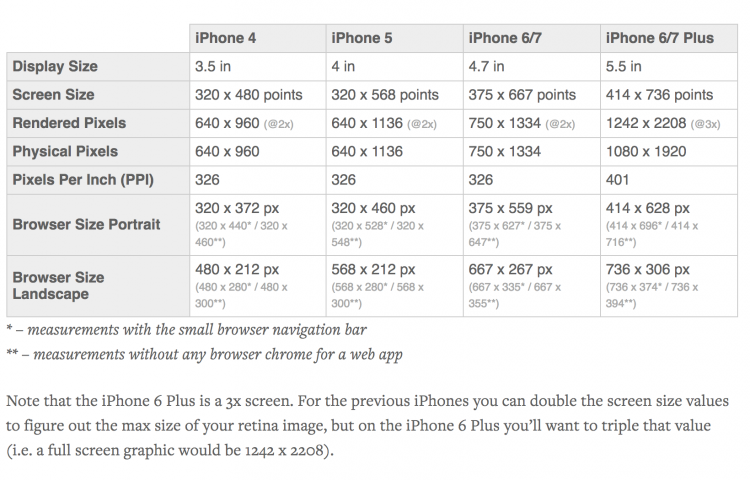Apple iPhone
iOS Clear cache
Is it possible to clear the cache of your iPhone. Yes, to refresh your App Store app’s cache, do:
- Unlock your iPhone or iPad,
- Open App Store,
- Click 10 times on one of the bottom bar item (Top Charts, Explore, Search or Updates).
iOS Reset Memory
Clearing the iOS memory can be done by:
- Unlock your iPhone or iPad,
- Hold down the power button until the slide to power off option appears on the device’s display,
- Release the power button, and then hold down the home button for roughly five seconds,
- And be careful no to hold the two buttons together,
- The home screen reloads,
- All apps that were active before doing the memory clear action, reload when they are activated.
IPCC Files
The following summary is made from an article from osXDaily [1].
iTunes carrier testing mode allows you to manually load signed .ipcc carrier files onto an iPhone or cellular iPad, these .ipcc files contain various carrier settings pertaining to voice mail, MMS and SMS, Personal Hotspot, APN settings, and other network-specific preferences. If you’ve used an iPhone on T-Mobile or even as a prepaid phone you may have experience with these files, but other than making network configuration easy they can also be used to forcibly enable features that are otherwise disabled by default, like Personal Hotspot on certain international iPad 4G devices. We’ll cover how to enable carrier testing mode, how to find ipcc files, and then how to use those IPCC files with either an iPhone or iPad with a cellular connection.
For Mac OS X:
- Quit out of iTunes
- Launch Terminal from /Applications/Utilities/
- Enter the following command at the prompt and then hit return:
defaults write com.apple.iTunes carrier-testing -bool YES
- Relaunch iTunes
Finding & Downloading .ipcc Files All signed ipcc carrier settings files are stored in an xml file on apple.com, you can not access that gigantic list anymore from http://iphonediags.apple.com/version.xml.
Use IPCC Generator
The website http://www.unlockit.co.nz provides a IPCC generator. See http://www.unlockit.co.nz/ipcc/.
iPhone Screen Sizes

Apple [2] updated its iPhone a bit ago making the form factor much bigger. The iPhone 6 screen size is both wider and taller and the iPhone 6 Plus also has a higher pixel density. This is an update to my previous post about designing websites for the iPhone 5. It’ll cover these new screen sizes and try to clarify how this all works.
Update: Apple has released the iPhone 6s and iPhone 6s Plus. The iPhone 6s screen size is identical to the previous iPhone 6 versions, so feel free to follow the existing sizes below.
Update 2: Apple just announced the iPhone 7 & 7 Plus. These iPhone 7 models follow the same screen sizes as the 6s & 6s Plus, you can use the sizes listed below.
iPhone Screen Measurements
There are a few different values to consider when looking at the iPhone screen sizes. I’m going to get these values defined here so the chart below makes more sense:
- iPhone Display Size (inches) – This is diagonal measure of the screen, from corner to corner, just like you’d measure a TV.
- iPhone Screen Size (points) – These points are the size that the device is using for coordinates. If you’re designing for the web (using CSS or JavaScript) these values will be helpful. iPhones use Retina screens which have a higher pixel density. This means they take the larger iPhone resolution (mentioned above) and compress those pixels into a smaller space to make the image look sharper.
- iPhone Rendered Pixels – This is the full number of pixels that are being rendered. This is the value you get when you apply the multiplier (1x, 2x, 3x) the device uses to the screen size in points. If you’re creating an image and want it at the max resolution, this is the size you’d use. I’ve also written an article on Retina images if you’d like to learn more.
- iPhone Physical Pixels – This is the actual screen’s pixel resolution. The iPhone 6 Plus is using a a larger image resolution on a screen with a smaller number of physical pixels, so it needs to be downsampled to this size. This value is really only important in a specifications perspective, but shouldn’t really affect your designs.
See also
- Wikipedia List of iOS devices. Devices are iPod, iPhone, iPads, Apple TV, Apple Watch.
- Apple iPhone X
External
- http://beaugil.es/2012/10/ios-carrier-bundles-demystified
- http://theiphonewiki.com/wiki, The iPhone wiki
Internal
- Apple iTunes, Apple iTunes issues, such as WiFi Synchronization with other Apple devices.
Reference
- ↑ osXDaily, Use IPCC Files with iOS Devices by Enabling Carrier Testing Mode in iTunes.
- ↑ | Kyle Larson, iPhone 6 Screen Size and Web Design Tips.